A beginner’s guide to foraging – Part 4: foraging for fruits, nuts and fungi
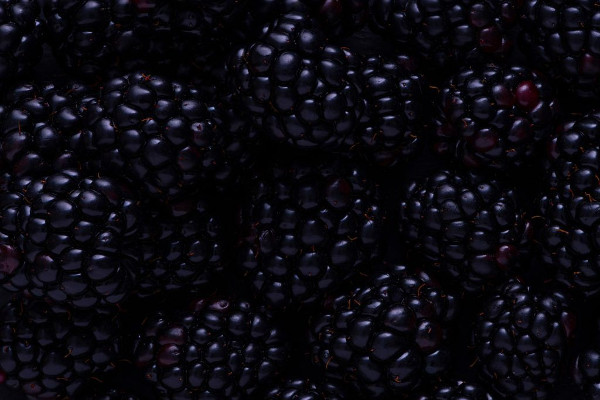
From greengages to giant puffballs, in the final instalment of a beginner’s guide to foraging, our friends at Ethical.net tackle the task of foraging for fruits, nuts and fungi.
Foraging for fruits and berries
Hedgerow fruits and berries are perhaps the most easily forageable foods, since many are extremely easy to identify, and can be found in abundance. Of course, taking a few fruits and berries (taking care not to strip trees or shrubs entirely) will not affect the plants or stop them from producing again in future. Some common and relatively easy-to-identify wild fruits and berries include:
- Crab apples
- Wild plums
- Wild cherries
- Sloe
- Bullaces
- Greengages
- Rose hips
- Haws
- Blackberries
- Wild raspberries
- Wild strawberries
- Bilberries/blaeberries
- Elderberries
- Rowan berries
- Oregon grapes
- Barberries
- Serviceberries
- Goumi/autumn olive (from the Elaeagnus species)
- Sea buckthorn berries
Though hedgerow fruits and berries can sometimes be eaten straight from the plant – for example, blackberries, wild raspberries, and wild strawberries – many are best cooked; consider preserving your hedgerow harvest as jams, jellies, or other preserves, or sweeten them with sugar or honey in a range of delicious dessert recipes.
Foraging for nuts and seeds
In addition to looking out for hedgerow fruits and berries, also consider foraging nuts and seeds, such as:
- Hazel nuts
- Beech masts
- Acorns (too bitter to eat but can be ground to make flour).
- Sweet chestnut (not to be confused with the non-edible horse chestnut or conker).
- Pine nuts (all pines have edible nuts, though some are better to harvest and eat than others).
Be vigilant and act quickly when nuts are ready, otherwise wildlife may beat you to the harvest!
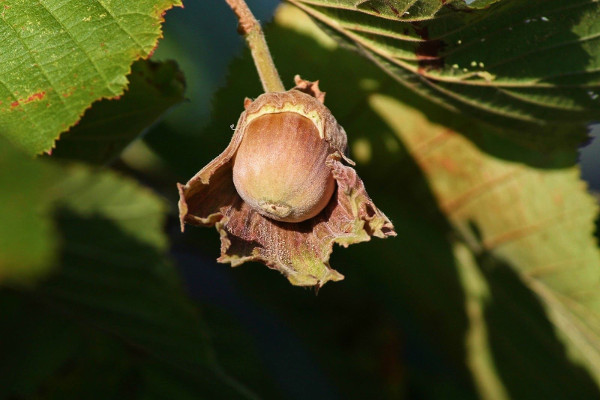
Foraging for fungi
A final significant area of forageables is fungi. This is the most challenging sort of foraging, primarily due to the difficulties of identifying the varieties that can be eaten. While there are a number of edible (and tasty) mushrooms, a great many could do you harm, or even kill you if ingested. And, to make matters worse, edible and non-edible species can often look almost identical!
Therefore, it is essential to only consider foraging for fungi after learning about the different species you might encounter. Consider taking a foraging course, or heading out to harvest mushrooms with an experienced guide rather than going it alone.
If you do decide to forage for mushrooms, some of the easiest and safest mushrooms for beginners to identify are:
- Giant puffballs
- Penny buns/Porcini/Ceps
- Oyster mushrooms
- Hedgehog fungus
- Wood ears
- Scarlet elf caps
- Cauliflower fungus
- Field blewits
There is a lot to learn about foraging, but it is easy to get started finding food for free. Why not begin by simply taking a stroll through your neighbourhood; even in the heart of a city, you might be amazed by how much food you see.
Adapted from an original article by Elizabeth Waddington on Ethical.net. Main image by by Aurel Serban on Unsplash.
 About the author
About the author
Ethical.net is a collaborative platform for discovering and sharing ethical alternatives, whether purchasing from a social enterprise, thrift shopping, or learning how to fix your old phone instead of buying a new one. They aim to make ethical the new normal.
The views expressed in our blog are those of the author and not necessarily lowimpact.org's
3 Comments
-
1annbeirneanimalwhisperert July 15th, 2020
Hello I am so delighted about this foraging page, I have never foraged before and it is a very clear and concise guide. I would like to ask about rosehips I to self sown dog roses one with small flowers and one with larger flowers in the front, are the hips from both of these safe to use please, I know this isn’t strictly foraging but I have the blessing of some kind bird leaving me a wonderful way to make a healthy syrup and cordial full of vitamin c neve made one before but am looking forward to doing so. Thanks so much.
-
2Dave Darby July 15th, 2020
Yes, safe and good for you.
-
3annbeirneanimalwhisperert July 16th, 2020
Thanks so much Roll on hips season




 A beginner’s guide to foraging – Part 1: the basics of foraging
A beginner’s guide to foraging – Part 1: the basics of foraging
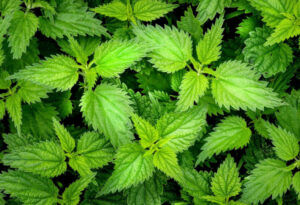 A beginner’s guide to foraging – Part 2: common edible weeds and wild plants
A beginner’s guide to foraging – Part 2: common edible weeds and wild plants
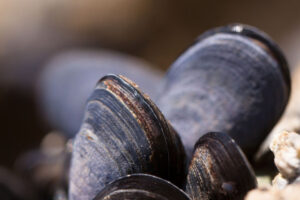 A beginner’s guide to foraging – Part 3: foraging on the coast
A beginner’s guide to foraging – Part 3: foraging on the coast
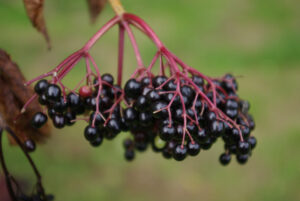 September forage of the month: elderberry elixir
September forage of the month: elderberry elixir
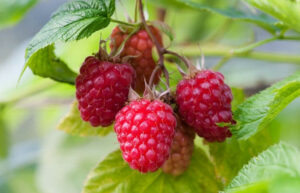 Why eat raw foods?
Why eat raw foods?
 In celebration of soft fruit
In celebration of soft fruit
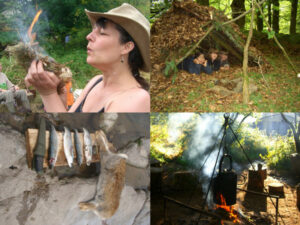 Bushcraft
Bushcraft
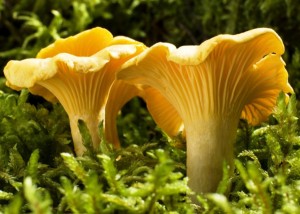 Mushrooms (wild)
Mushrooms (wild)
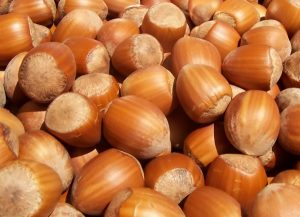 Nuts & nut trees
Nuts & nut trees
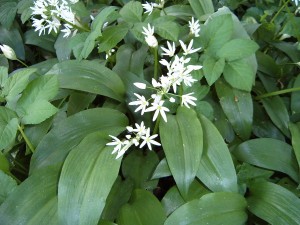 Wild food
Wild food


